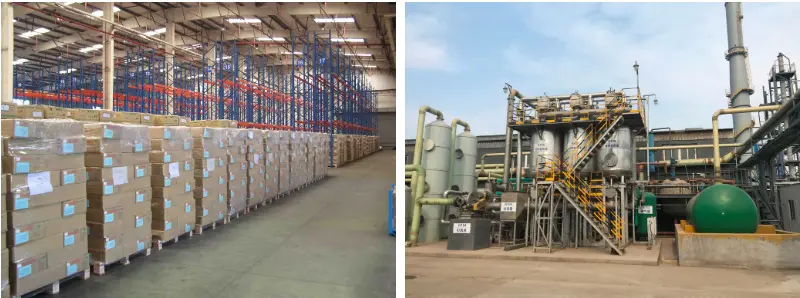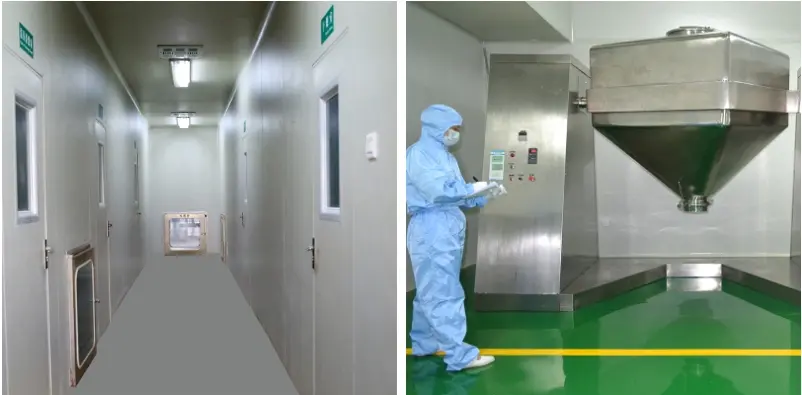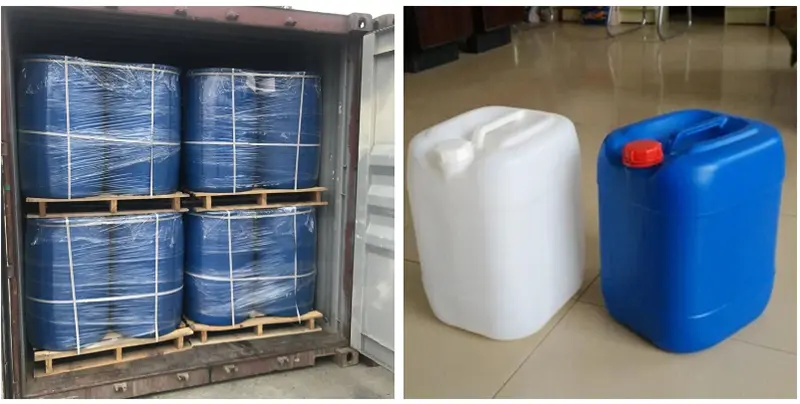TetrachloroethyleneCAS#127-18-4
Tetrachloroethylene CAS#127-18-4 Promotion Season Now in Store and Free Sample for Testing with Factory Price
Chemical Name:Tetrachloroethylene
CAS No.127-18-4
Molecular Formula:C2Cl4
Molecular weight:165.83
Sample: Available
Mode of Transportation
1. By Air, fast but expensive.
2. By Sea, usual and economy.
3. By Train, suit for middle Asia countries.
4. By Express, suit for small package.
We only provide highest quality goods available, accompanied by after support!
Products Description of TetrachloroethyleneCAS#127-18-4
Tetrachloroethylene, also known as perchloroethylene, is a compound formed by replacing all hydrogen atoms in ethylene with chlorine in terms of molecular structure. It was first produced by Faraday in 1821 when he pyrolyzed hexachloroethane. It is a colorless, transparent liquid with an ether-like odor. It is non-flammable. Its relative molecular mass is 165.85. Its relative density is 1.6220. Its melting point is -22.7℃. Its boiling point is 121.2℃ and 33.2℃ (4.000×103Pa). Its refractive index is 1.5055. Its viscosity is 0.839mPa·s (20℃). Its vapor pressure (×103Pa): 5.466 (40℃), 13.865 (60℃), 30.131 (80℃), and 58.128 (100℃). Tetrachloroethylene is insoluble in sugar, glycerol, and protein, but slightly soluble in water (0.015 at 25℃). It is miscible with ethanol, ether, chloroform, benzene, and chlorine organic solvents. It does not hydrolyze. In the absence of air, moisture and catalyst, it is still very stable even when heated to 500℃. It can generate tetrachloroethane when hydrogenated. It generates hexachloroethane when chlorinated. Tetrachloroethylene can also react with bromine to generate monobromotrichloro or dibromodichloro compounds. It can also react with hydrogen fluoride under the action of catalyst. In the presence of light, air and water for a long time, it slowly decomposes into trichloroacetaldehyde and phosgene, and corrodes metals such as iron, aluminum and zinc, which can be inhibited by adding stabilizers. If activated carbon is present, it decomposes into hexachlorobenzene and hexachloroethane when heated to 700℃. Tetrachloroethylene can be oxidized by strong oxidants. Tetrachloroethylene can react violently with barium powder, beryllium powder, lithium chips, nitrogen tetroxide and sodium hydroxide. Tetrachloroethylene is toxic and is a central nervous system depressant that can cause headaches, nausea, vomiting and even coma. The oral LD50 for mice is 8850mg/kg. The maximum allowable concentration in the workplace is 100×10-6.
Tetrachloroethylene Chemical Properties
Melting point | -22 °C (lit.) |
Boiling point | 121 °C (lit.) |
density | 1.623 g/mL at 25 °C (lit.) |
vapor density | 5.83 (vs air) |
vapor pressure | 13 mm Hg ( 20 °C) |
refractive index | n20/D 1.505(lit.) |
Fp | 120-121°C |
storage temp. | Store at +2°C to +25°C. |
solubility | water: soluble0.15g/L at 25°C |
form | Liquid |
color | APHA: ≤10 |
Odor | chloroform-like odor |
Odor Threshold | 0.77ppm |
Water Solubility | Miscible with alcohol, ether, chloroform, benzene and hexane. Slightly miscible with water. |
FreezingPoint | -22.0℃ |
λmax | λ: 290 nm Amax: 1.00 |
Merck | 14,9190 |
BRN | 1361721 |
Henry's Law Constant | 4.97 at 1.8 °C, 15.5 at 21.6 °C, 34.2 at 40.0 °C, 47.0 at 50 °C, 68.9 at 60 °C, 117.0 at 70 °C (EPICS-GC, Shimotori and Arnold, 2003) |
Exposure limits | TLV-TWA 50 ppm (~325 mg/m3) (ACGIH), 100 ppm (MSHA and OSHA); TLV-STEL 200 ppm (ACGIH); carcinogenicity: Animal Limited Evidence. |
Dielectric constant | 2.5(21℃) |
Stability: | Stable. Incompatible with strong oxidizing agents, alkali metals, aluminium, strong bases. |
LogP | 2.53 at 20℃ |
CAS DataBase Reference | 127-18-4(CAS DataBase Reference) |
IARC | 2A (Vol. Sup 7, 63, 106) 2014 |
NIST Chemistry Reference | Tetrachloroethylene(127-18-4) |
EPA Substance Registry System | Tetrachloroethylene (127-18-4) |
Safety Information
Hazard Codes | Xn,N,T,F |
Risk Statements | 40-51/53-23/25-11-39/23/24/25-23/24/25 |
Safety Statements | 23-36/37-61-45-24-16-7 |
RIDADR | UN 1897 6.1/PG 3 |
WGK Germany | 3 |
RTECS | KX3850000 |
Autoignition Temperature | 260℃ |
TSCA | Yes |
HazardClass | 6.1 |
PackingGroup | III |
HS Code | 29032300 |
Hazardous Substances Data | 127-18-4(Hazardous Substances Data) |
Toxicity | LD50 orally in mice: 8.85 g/kg (Dybing); LC for mice in air: 5925 ppm (Lazarew) |
IDLA | 150 ppm |
Product Application of Tetrachloroethylene CAS#127-18-4
In industry, tetrachloroethylene is mainly used as a solvent, organic synthesis, metal surface cleaner and dry cleaning agent, desulfurizer, and heat transfer medium. It is used as an anthelmintic in medicine. It is also an intermediate for the production of trichloroethylene and fluorine-containing organic compounds. Ordinary residents may be exposed to low concentrations of tetrachloroethylene through the atmosphere, food, and drinking water. Tetrachloroethylene has good solubility for many inorganic and organic compounds, such as sulfur, iodine, mercuric chloride, aluminum chloride, fat, rubber, and resin. This solubility is widely used as a metal degreasing cleaning agent, paint stripping agent, dry cleaning agent, rubber solvent, ink solvent, liquid soap, and degreasing of high-grade fur and feathers; tetrachloroethylene is also used as an anthelmintic (hookworm and gingerworm) and a textile processing and finishing agent.
Factory and Equipment Show


Fast delivery time
Inventory 2-3 working days New production 7-10 working days









